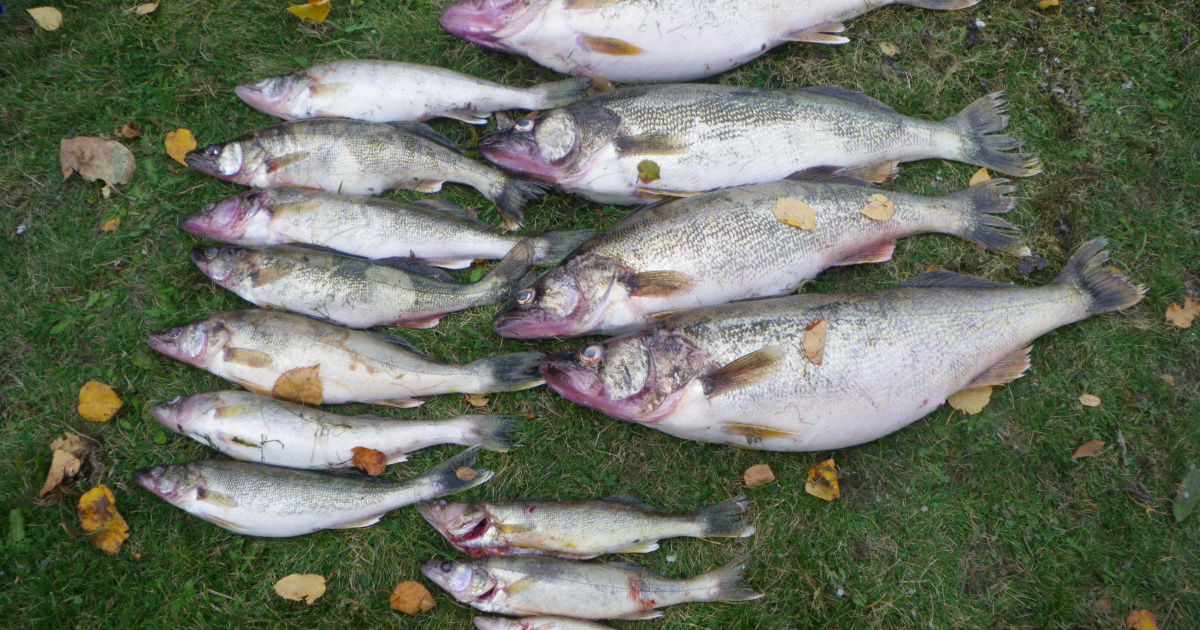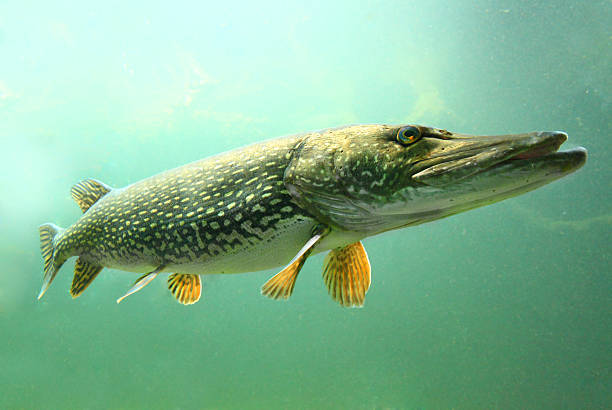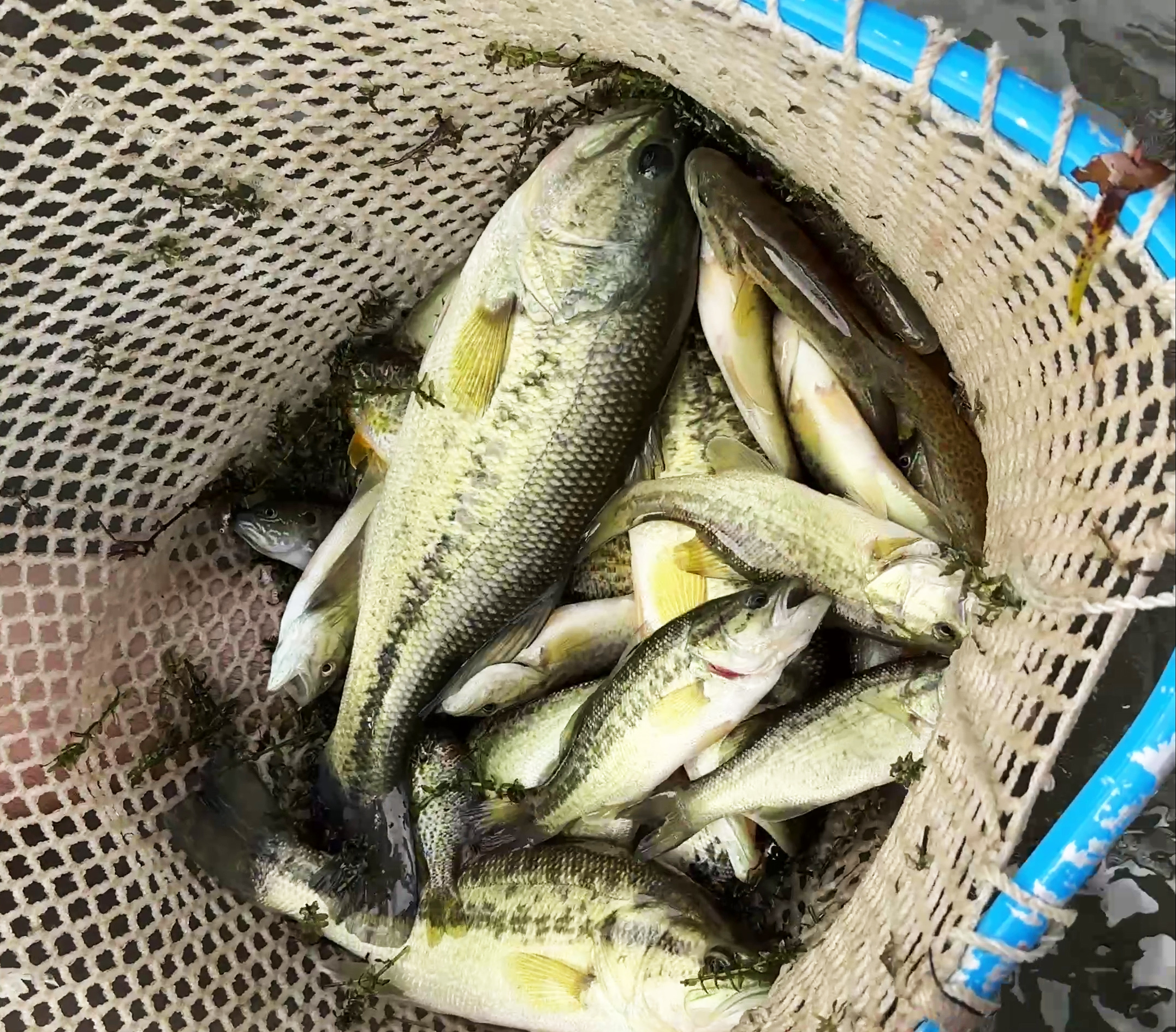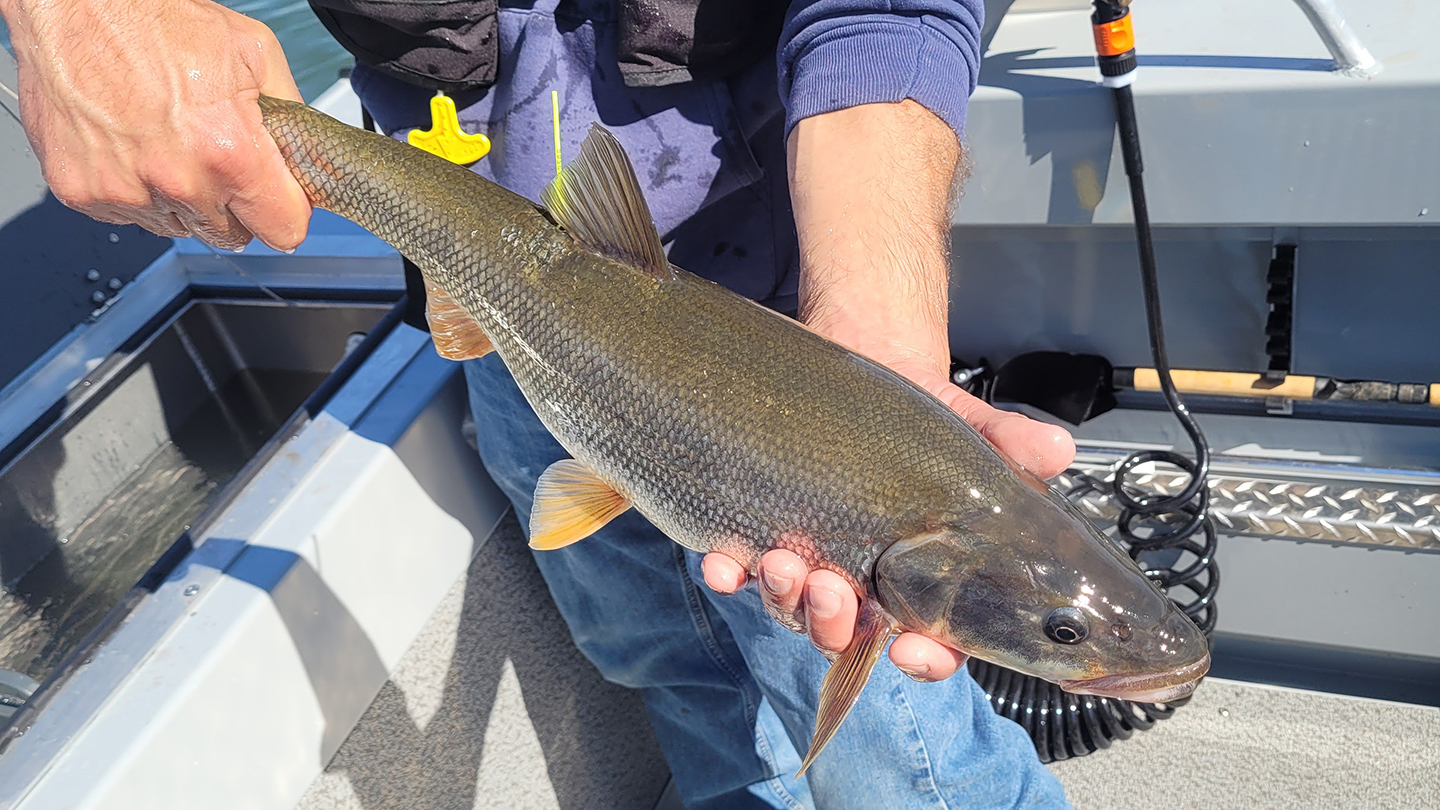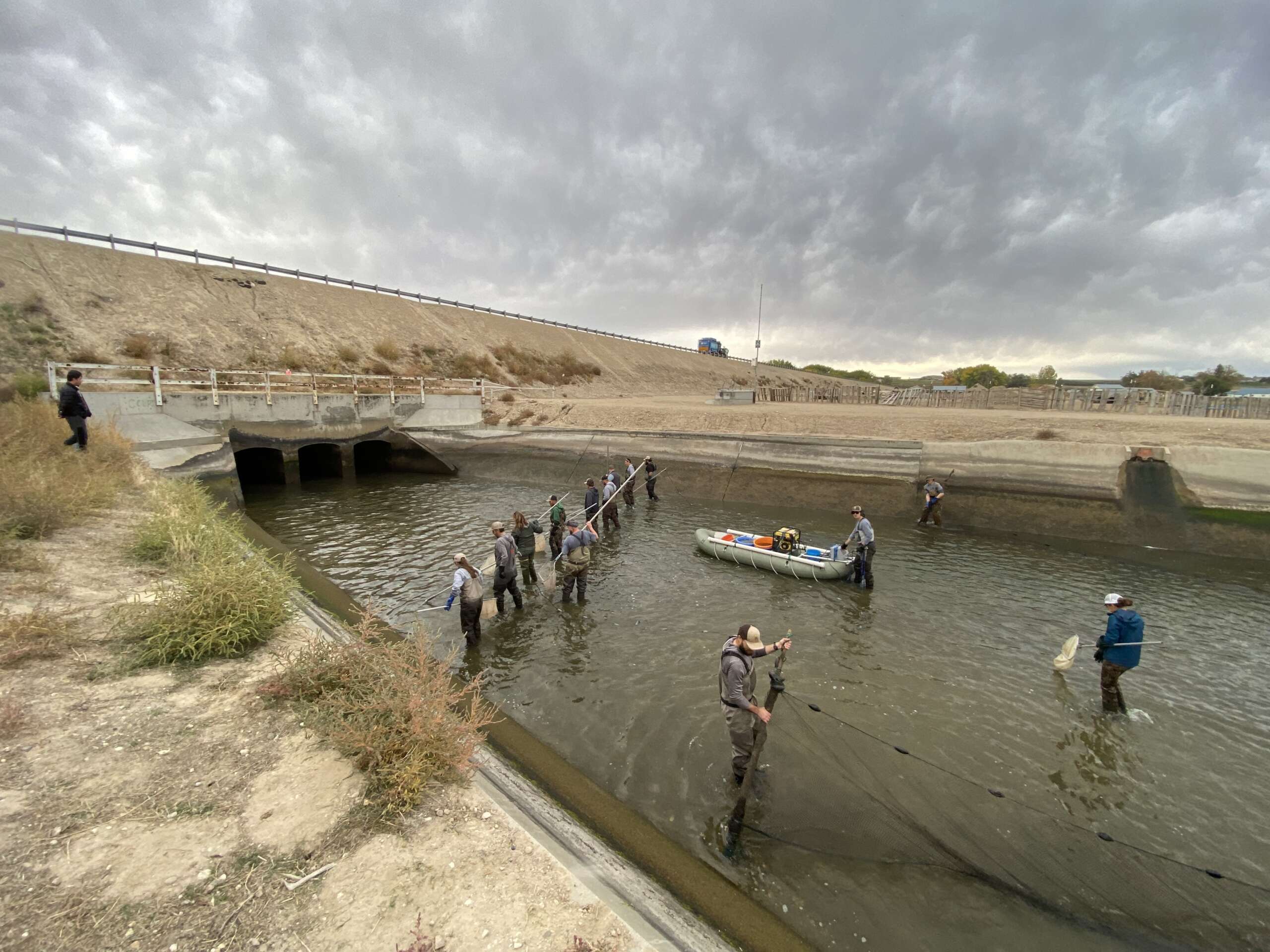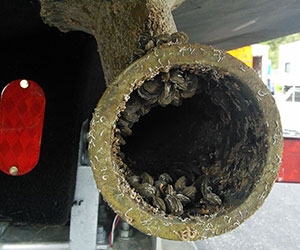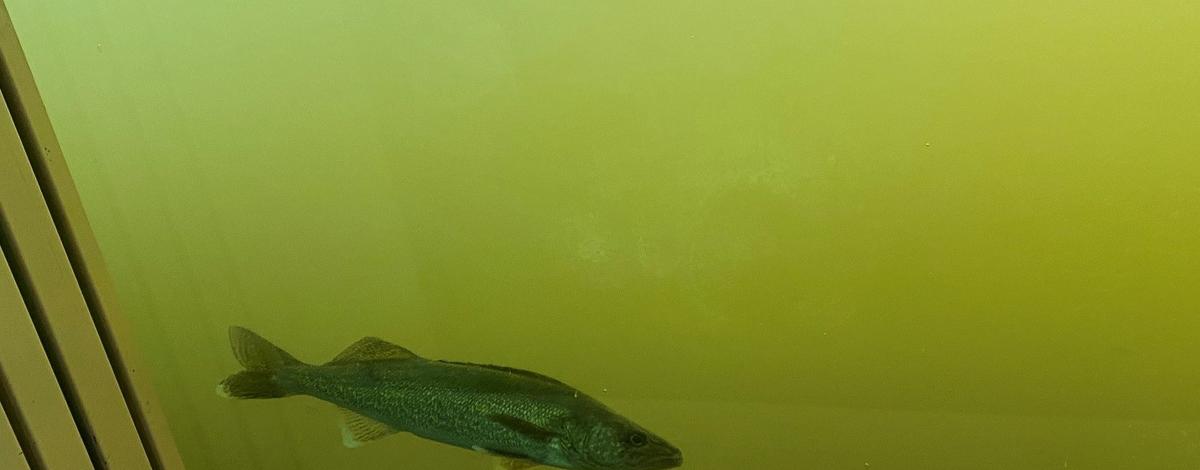Invasive Walleye Moving Higher Into Snake River Basin, Threatening Wild, Hatchery Stocks Of Juvenile Salmon, Steelhead, Lamprey
March 22nd, 2024
Walleye, an invasive species with a reputation for a voracious appetite, has moved down the Columbia River from Lake Roosevelt and are now being counted in increasing numbers upstream of Lower Granite Dam on the Snake River, according to a report by the Idaho Department of Fish and Game.
Efforts To Suppress Salmon-Eating Northern Pike In Upper Columbia Successful, But Require Long-Term, Sustained Effort
February 16th, 2024
Efforts to suppress northern pike in reservoirs upstream of Chief Joseph and Grand Coulee dams so far have been successful at keeping the voracious predator from populating waters downstream in what is considered the “anadromous zone” where it is feared the invasive fish would decimate salmon and steelhead runs in the Columbia River basin. Many of those anadromous fish are listed under the federal Endangered Species Act.
IDFG Surveys Impact On Fish From Copper Treatment Used To Kill Quagga Mussels In Snake River; Tons Of Dead Fish, While Some Species Survived
December 13th, 2023
Idaho Fish and Game biologists quickly learned that the copper treatment to rid a stretch of the Snake River from quagga mussels caused high mortality in certain species – at least six to seven tons of dead fish -- while others survived quite well.
Idaho Details Successful Eradication Treatment Of Invasive, Destructive Quagga Mussels In Snake River, First Sighting In Columbia River Basin
November 16th, 2023
Idaho completed a 10-day treatment to rid a sixteen-mile section of the mid-Snake River near Twin Falls of quagga mussel larvae (veligers) and at least two adult mussels. The state says the treatment was largely successful, although it and other partners will continue to test for at least the next five years.
Scientists Review Pikeminnow Removal Rewards Program; Decrease In Abundance Concurrent With Bass, Walleye Increase?
October 26th, 2023
Studies over the 33-year history of a program designed to remove Northern Pikeminnow, a natural predator of salmon and steelhead smolts, from the Columbia and Snake rivers still has not been able to make a direct connectionbetween mass removals of the predator and recovery of salmonids in the rivers, according to a recent report by the Independent Scientific Review Panel.
IDFG Says Invasive Walleye Established In Lake Lowell Near Nampa, Concerns About Spread Into Snake River
October 26th, 2023
Idaho Fish and Game biologists learned on Oct. 10 that Lake Lowell near Nampa now likely has a reproducing population of walleye. While the effects to Lake Lowell and other area fisheries are uncertain at this point, they are concerned about what this might mean for this fishery and others in Southwest Idaho, including the Snake River below Hells Canyon, which is a major migration corridor for salmon and steelhead.
Researchers Show E-DNA Detects Genetic Diversity Of Invasive Fish; Can Help Trace Source Of New Population, Prevent Further Invasions
September 28th, 2023
Ecologists have demonstrated that the genetic material that species shed into their environments can reveal not only the presence of the species but also a broad range of information about the genetics of whole populations — information that can help scientists trace the source of a new invasive population as well as prevent further invasion.
Idaho Initiates Rapid Response Plan After Quagga Mussel Larvae Detected In Snake River Near Twin Falls; WDFW Increases Monitoring
September 22nd, 2023
The Idaho State Department of Agriculture confirmed this week the presence of quagga mussel larvae in the Snake River at Twin Falls. Multiple samples of quagga mussel at larval life stages have been found in the Centennial Waterfront Park area by ISDA’s early detection monitoring program.
Bad News For Salmon: Walleye Spreading Into Idaho, Most Reports Ever Of Walleye Upstream Of Lower Granite Dam
August 23rd, 2023
Idaho Fish and Game has received more verified reports and pictures from people catching walleye in the Hells Canyon reach of the Snake River and Salmon River in 2023 than in all previous years.

